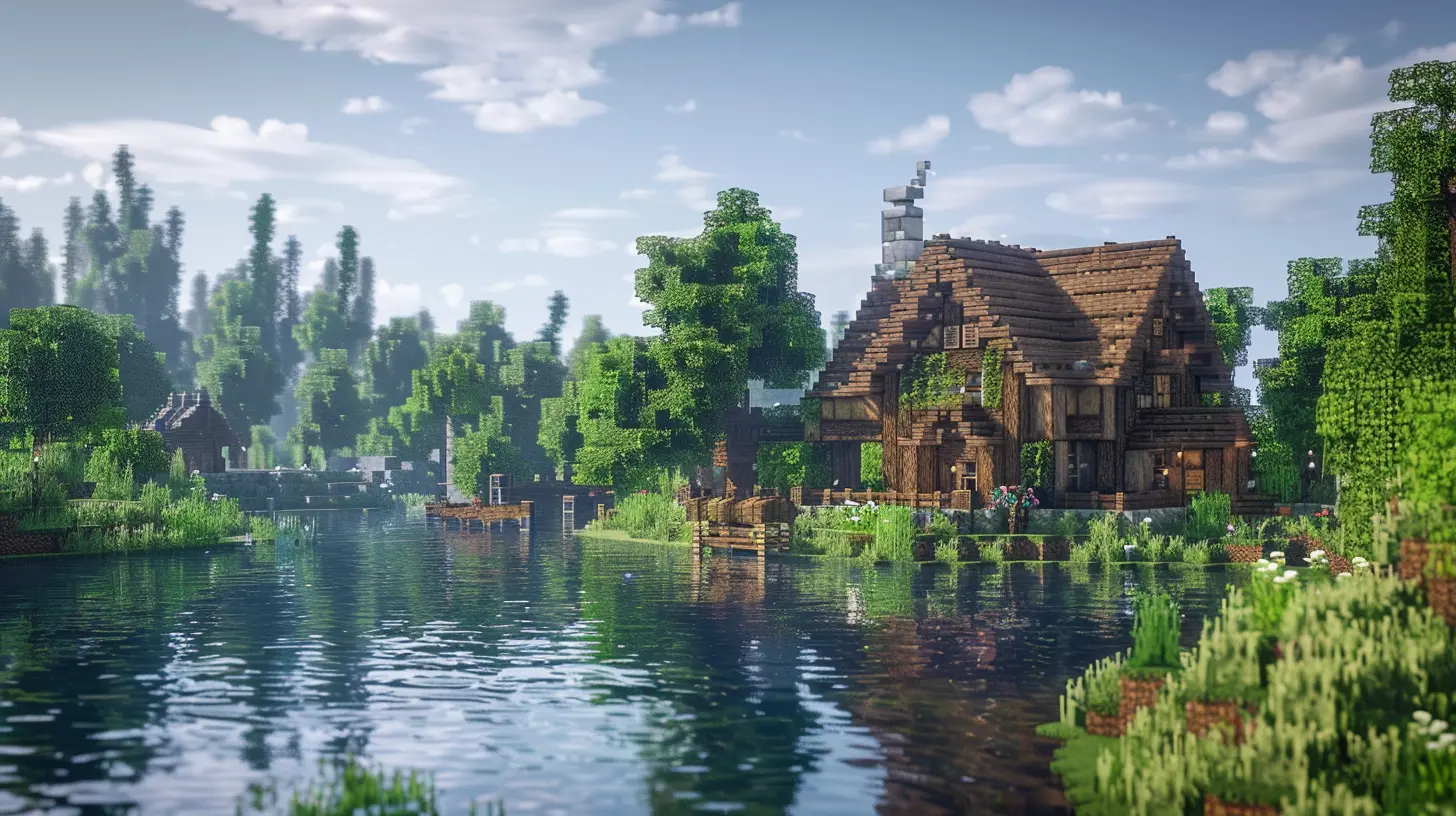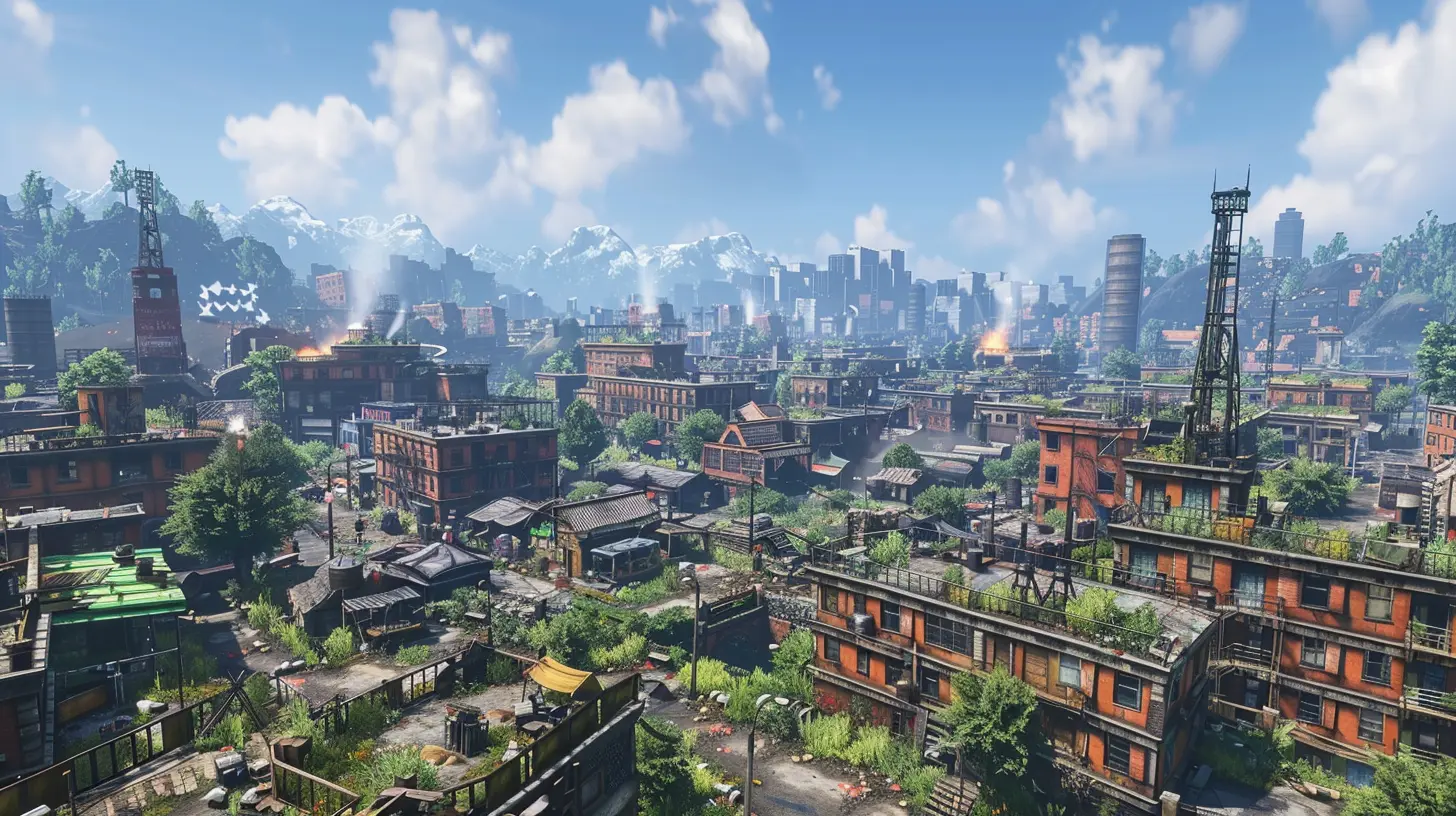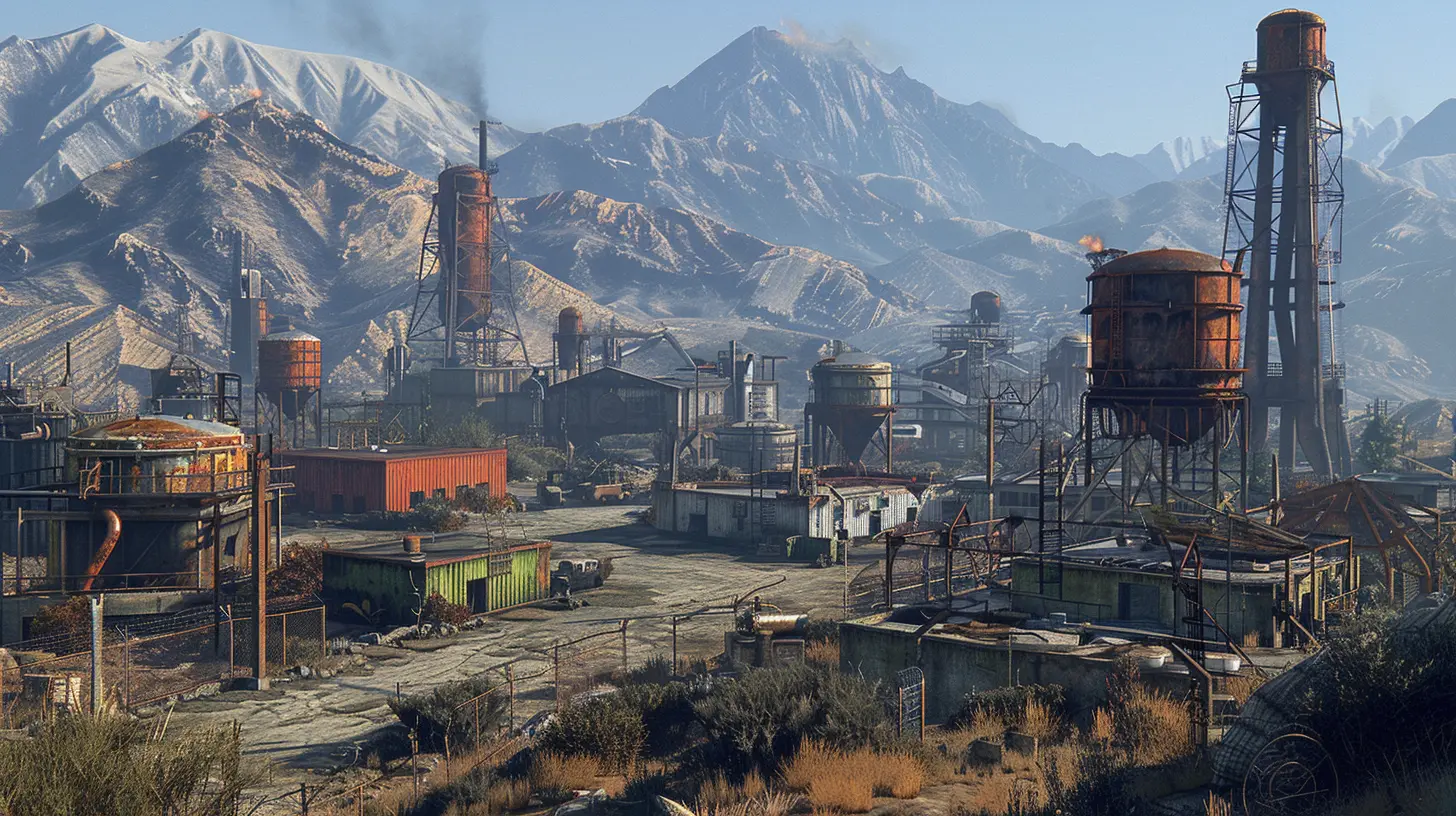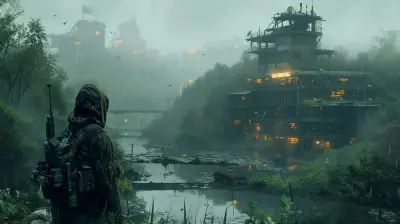Building the Ultimate Base in Open World Survival
24 June 2025
So, you've ventured into the dangerous and unpredictable world of survival games. Whether it’s fending off hordes of zombies, braving harsh wilderness, or managing dwindling resources, there’s one universal truth: your base is your lifeline. It's your sanctuary, your fortress, and in many cases, your best shot at staying alive. But how do you go about building the ultimate base in an open-world survival game? Let’s dive into it.
Why Your Base Matters More Than You Think
A solid base is not just a place to store your loot or take a breather. Think of it like the heart of your operation. Without it, you're pretty much a nomad, one bad decision away from losing everything you’ve worked hard for.In survival games, the environment—and sometimes other players—can be brutal. A well-thought-out base doesn't just protect you; it empowers you. It lets you strategize, farm resources, craft essential gear, and even take calculated risks. It’s not just somewhere you live—it’s how you thrive.
Choosing the Perfect Location
Alright, let’s talk real estate. Location is everything when it comes to building your base. Make a bad call, and you’ll be constantly fighting off enemies, running low on resources, or worse—struggling to keep your base standing.Key Factors to Consider:
1. Accessibility to ResourcesPicture this: You build your base in the middle of a barren desert, and now you’ve got a two-mile trek every time you need water or food. Not ideal, right? Instead, look for a location near key resources like trees, water, and mineral deposits.
2. Defensive Positioning
Flat land might seem convenient, but it’s also an open invitation for enemies. Opt for elevated terrain like a hill or plateau. These spots are naturally easier to defend. Bonus points if your location is hard to spot or reach.
3. Avoid High-Traffic Areas
If you’re playing in a multiplayer survival game, steer clear of popular zones. Areas with lots of loot might seem tempting, but you’ll constantly be under threat from other players looking to pillage your base. Think of it as avoiding the "tourist trap" of the survival world.
4. Space for Expansion
Sure, a small shack might work for now, but what happens when you want to build a greenhouse, establish a crafting area, or set up defenses? Plan for the future. Look for a site with plenty of space to grow.
Crafting a Strong Foundation
Before you start slapping walls together, take a step back. Building a base is like creating a recipe—you’ve got to get the foundation right. Start small but think big.The Essentials:
1. Core StructureBegin with a compact but sturdy core building. Aim for something like a simple rectangular design. This will serve as your storage and crafting hub. You can always expand later.
2. Upgrade Materials
Don’t settle for basic materials. While wood might suffice for Day One, it won’t hold up against a heavy attack. Prioritize upgrading to stone, metal, or concrete as soon as you can. These materials make your base more durable and harder to break into.
3. Fortify Key Points
Think about choke points and vulnerabilities. Is your base prone to being attacked at the door? Fortify it. Are walls too easy to climb over? Add spikes, turrets, or a second layer.
Smart Base Design: Functionality Meets Practicality
It’s not just about looking cool (though that counts too). A truly ultimate base is thoughtfully designed. Every section should have a purpose, and every decision should make your life easier or safer.Essential Base Zones:
1. Living QuartersThis is your personal space, where you can rest, heal, and store essentials. Keep this area secure and farthest from any entry points.
2. Storage Room
A cluttered inventory is a nightmare. Designate a specific room for storing loot. Use chests, crates, or lockers to keep things organized—maybe even label them. No one wants to scroll through three boxes just to find a bandage.
3. Crafting Area
Group all your crafting stations together. Whether it’s a forge, workbench, or chemistry table, having them in one place will save you time and hassle.
4. Defensive Perimeter
Your defense system is your first line of... well, defense! Set up walls, traps, or turrets to deter enemies. A moat? Why not. Go medieval if you want—it works.
5. Farming or Resource Zones
If your game allows it, farming is a game-changer. Growing your own food or resources gives you independence. Dedicate a patch of land to crops, and keep it well-protected.
Don’t Skimp on Defenses
Let’s face it—nothing ruins your day like logging in to find your base ransacked. Whether it’s NPC enemies, wildlife, or rival players, your base needs to be prepared for the worst.Defensive Must-Haves:
- Walls and GatesThe thicker, the better. Add gates for controlled access, and consider layering walls for extra security.
- Traps
Tripwires, bear traps, or even automated turrets can work wonders. Think of them as the bouncers of your base.
- Watchtowers
If your game allows it, build watchtowers to get a bird’s-eye view of approaching threats. Plus, they’re just cool.
- Escape Routes
Sometimes, the best defense is a good escape plan. Include hidden exits or tunnels as a backup if things go south.
Multiplayer? Communication is Key
If you’re playing a multiplayer survival game, chances are you’re not alone. Whether you’ve teamed up with friends or joined forces with strangers, teamwork takes your base game to the next level.- Assign Roles
Everyone needs to have a job. Who’s gathering resources? Who’s on guard duty? Who’s upgrading the base? A little coordination goes a long way.
- Clear Communication
Set rules for who can access certain areas, like the storage room. Nobody likes missing loot.
- Share Responsibilities
Building the ultimate base isn’t a one-person show. Share the workload so no one feels overwhelmed.
Tips for Long-Term Survival
Building a base isn’t a “set it and forget it” task. Survival games constantly throw challenges your way, and your base needs to adapt.1. Stay Flexible
Be ready to move or rebuild if your location becomes compromised. It’s better to lose a base than lose your life.
2. Regular Upkeep
Check for damage and wear. A cracked wall today could be a busted one tomorrow.
3. Keep Expanding
As you gather more resources, think about adding new features. Maybe it’s a second story, a lookout tower, or even a secret vault.
4. Stay Vigilant
Don’t get too comfortable. Always be on the lookout for threats, and keep improving your defenses.
Wrapping It Up: The Ultimate Base Is Your Ticket to Survival
Ultimately, your base is more than just a collection of walls—it’s your safe haven, your HQ, your pride and joy. With the right location, smart design, solid defenses, and a bit of teamwork (if you're not going solo), you can build something that not only keeps you alive but keeps you thriving. Remember, it's not just about surviving; it's about outlasting everything the game throws at you. And trust me, once you’ve built a base that’s practically a fortress, there’s no better feeling than sitting back and watching the chaos play out from your safe little corner of the world.all images in this post were generated using AI tools
Category:
Survival GamesAuthor:

Tina Fisher
Discussion
rate this article
2 comments
Mitchell Stevens
Great tips! I love the idea of combining resources for efficiency. Can’t wait to try these strategies in my next game!
October 13, 2025 at 3:31 AM

Tina Fisher
Thank you! I'm glad you found the tips helpful. Best of luck with your next game!
Willow McKittrick
Building the ultimate base? Please, I've seen sandcastles with more defense! If you're not stacking traps, hidden rooms, and a gourmet kitchen, are you even surviving? Level up or get left behind, my friends!
July 1, 2025 at 3:59 PM

Tina Fisher
Thanks for your input! You're right—balancing defense, creativity, and practicality is key to building the ultimate base. Let's explore those elements!


